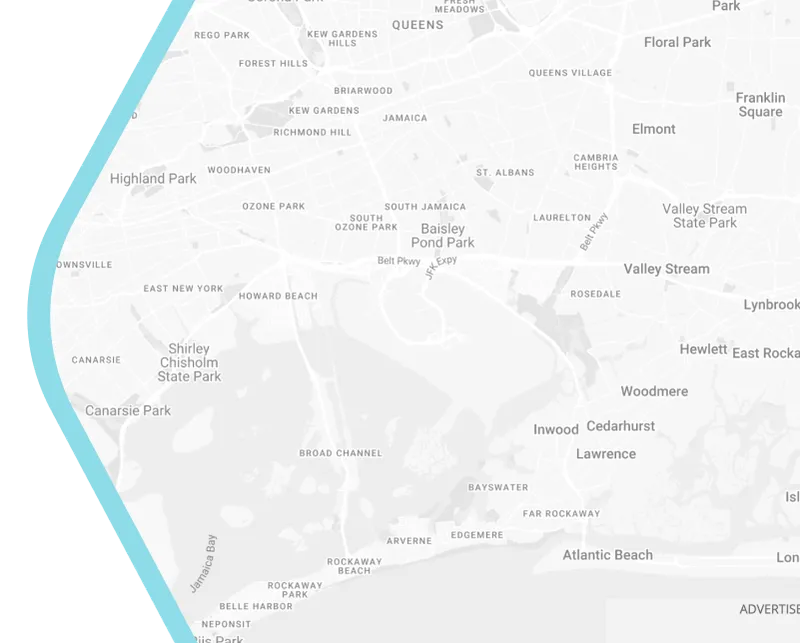
Adaptive Reuse Strategies for Italian Post-Industrial Cities
To overcome the deindustrialisation that affected many Italian cities in the late 1990s, city leaders and decision makers promotes new lifestyle and sustainable working model to encourages new economic competitiveness and urban quality. Adaptive reuse design strategy is actively adopted to preserve the physical and cultural heritage of abandoned building and industrial sites. This approach supports the sustainable development of meeting the current need and new function by recycling resource of land and reduced need of time and energy consumption. The adaptive reuse supports the reinvention of post-industrial cities and economic regeneration.
In the case of Macrolotto Dristrict, previously an industrial area, was transformed into a creative district. Numerous creative industries and local associations have slowly relocated to this neighborhood as the 44 hectares area are redesigned into market, library and co working space with pedestrian and cycle paths. The reuse of old production sites also strengthened the sense of local identity and cultural memory of the city and its communities, as the process heavily involves not only the municipal government and designers but also local stakeholders to capture the identity of the place through a co-design practice. This preservation approach provides an example of the local communities’ engagement as an integral part of the decision-making process.
Reference:
Hamama, B., Repellino, M. P., Liu, J., & Bonino, M. (2021). Transformative Factors of Post-Industrial Urban Spaces in China and Italy. In Towards Socially Integrative Cities (Vol. 8). MDPI, Basel.
